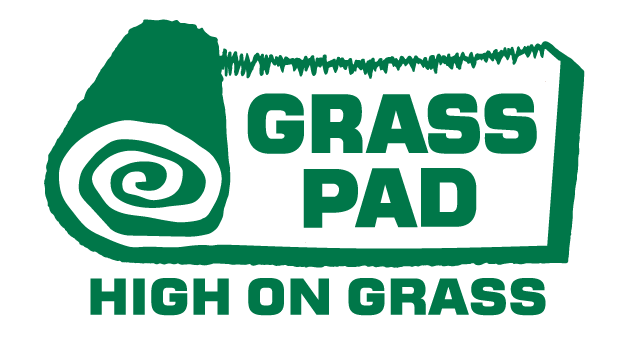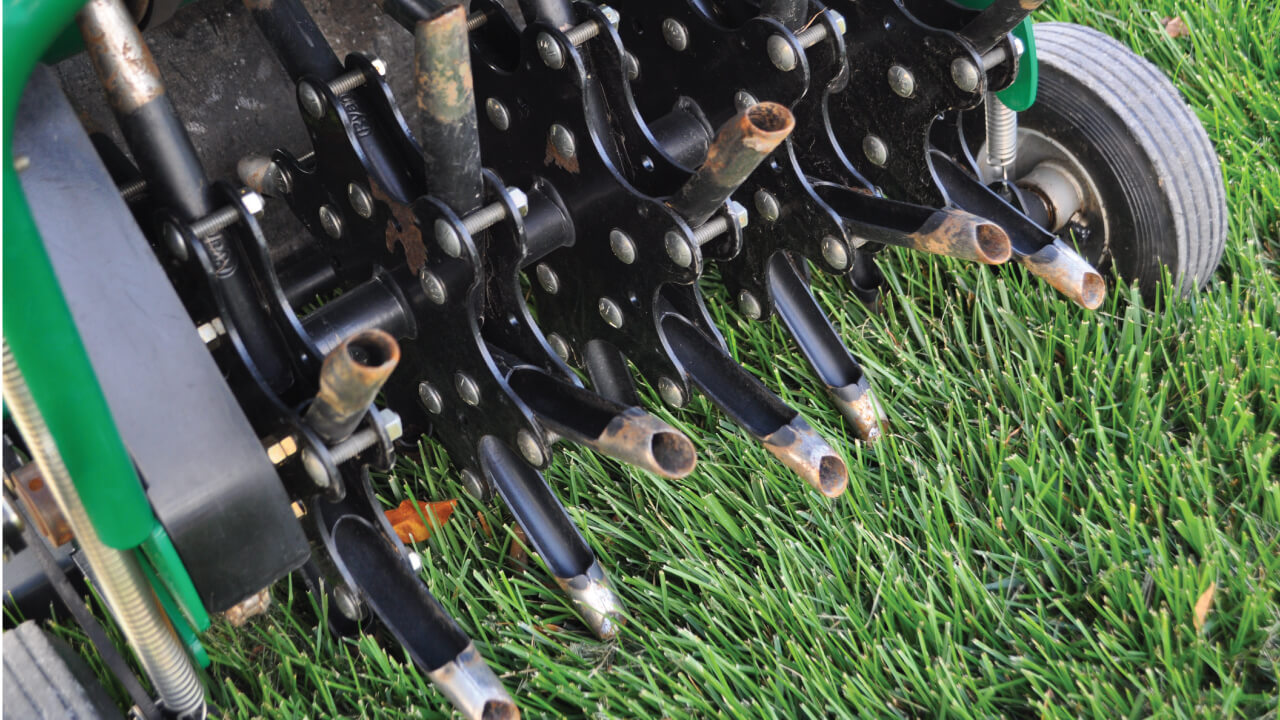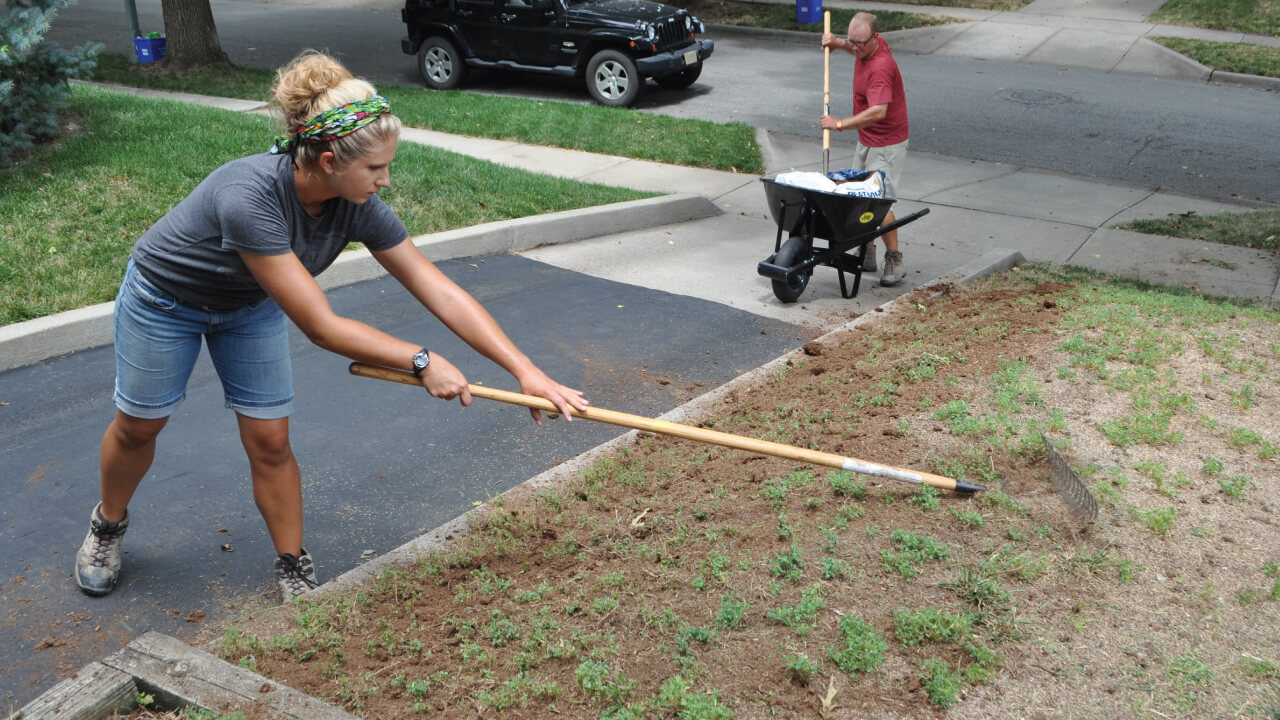Why do I have weeds in my yard?
Each year about mid-way through the fall overseeding season, we will have concerned customers who come in or send us emails telling us, “I followed your fall lawn renovation program; I bought your weed-free grass seed. Where did all these weeds come from?” Here’s some information on what you should know about weeds after overseeding.
Soil Preparation Stirs Up Dormant Weed Seeds
Disturbing the soil (verticutting, aerating, dethatching or raking) exposes soil and any pre-existing weed seeds that lay dormant in the soil. These weed seeds could be from last year or several years ago, suspended under the soil, too deep to germinate waiting for their opportunity to spring into life. Weeds will also appear from topsoil that may have been used.
Why Weeds Grow After Overseeding
When properly preparing your lawn for fall overseeding, you create a pathway for grass seed to reach the soil. If grass seed didn’t reach the soil, it would not grow. Raking, verticutting, dethatching, or core aerating are all methods to ensure seed-to-soil contact. Weeds happen, don’t get frustrated, and don’t give up.
How to Control Broadleaf Weeds after Fall Seeding
After overseeding, dandelion, clover, chickweed, spurge, and numerous other broadleaf weed seeds will appear. These broadleaf weeds will survive our winters and are at the top of the list to control now rather than next spring. Pull them by hand if you should have just a few weeds here and there. However, if you are overrun, fall is a perfect opportunity to control broadleaf weeds; unlike summer, when weeds focus on top growth, broadleaf weeds store energy in their root system and are more susceptible to herbicide applications. Gordon’s SpeedZoneEW can be applied after the second or third mowing. Once the new seed has matured, an application of Gordon’s SpeedZoneEW with Uncle’s Stikit, spreader sticker, or Loveland Weed and Feed will be quickly taken up by the broadleaf weeds and will successfully kill them. These broadleaf weed controls are effective well into November.
Uncle’s Tip: After overseeding, a good rule of thumb is to wait to apply broadleaf weed controls until after the new grass seed has germinated and grown tall enough to have been mowed two or three times.
What about Crabgrass When Fall Overseeding?
Don’t waste valuable time and expense to kill existing crabgrass, foxtail, or any annual grassy weeds after Labor Day. The products you could use to control crabgrass selectively will delay your overseeding window. Before overseeding, lower your mower, cutting your lawn one or two notches lower than usual. With shorter days and cool nights, crabgrass and foxtail will be slow to rebound, thin, or bare spots. Seed sown in those areas will germinate quickly and fill those thin areas left behind. Eventually, these annual grassy weed plants will die at the first hard frost. Your best weed prevention next year is a thick, dense lawn.
More Related Articles to Controlling Weeds
Controlling Nutgrass or Nutsedge in the Lawn
- Using Nutbuster for control on nut sedge. Learn More at this Link
Tips to Fall Lawn Renovation
- Idiot Proof steps to fall lawn renovation. Learn More at this Link
Post-emergent Control Crabgrass and Foxtail
- Post-emergent control for ugly summer weeds. Learn More at this Link
Pre-emergent Control on Crabgrass and Foxtail
- Preventing ugly summer weeds starts in the spring. Learn More at this Link
Uncle’s Idiot Proof Lawn Care Program
- Five idiot-proof steps to have a great-looking lawn. Learn More at this Link




